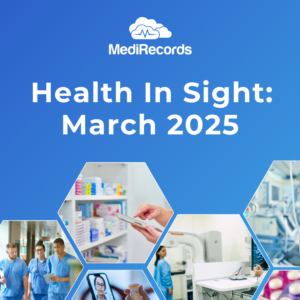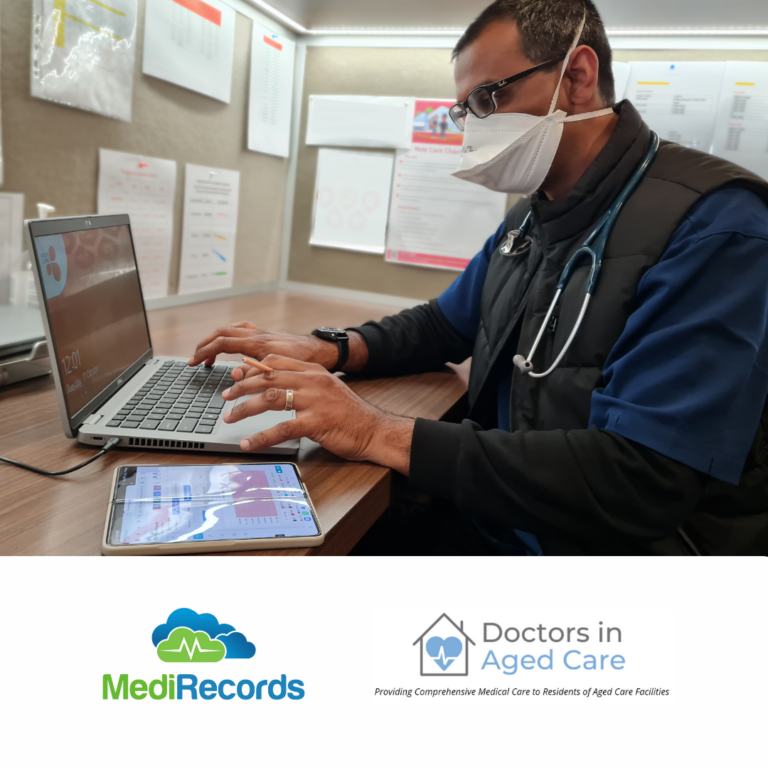January 29, 2025
7 reasons to rethink technology decisions


Tim Pegler
My household recently purchased an electric vehicle (EV) – a complete backflip on what we had intended. So, what happened to change our decision?
When it comes to choosing a car, I’m more worrier than warrior. Going electric seemed a bridge too far. Vehicle ‘range anxiety’, trip planning and recharging hassles were big barriers for me to overcome before getting on board EV technology. I’m also brand loyal and very hard to shift.
We were so close to buying a hybrid vehicle. We drove it and loved it. So, what changed? Here are seven factors that influenced our household decision:
1. Conversations with trusted users, ranging from brave and wacky early adopters to recent converts, changed our lens. Discussing pros, cons and compromises with actual users, backed by extensive reading and watching product reviews from balanced, independent sources, was influential.
2. Smart and safe tech: A significant injury has changed our household and how we experience accessibility, mobility and usability. The safety features bundle in the selected vehicle appears to be a usability gamechanger.
3. Change management considerations: Many of us are time poor, set in our ways, and disinclined to change. I pessimistically overestimated the change process. But, as one existing user pointed out, “Tim, you already plug in devices every evening so what difference will another make?” To advice from a childhood bakery, I had to ‘Look at the doughnut and not the hole’.
4. Soft sales technique: The salesperson answered our questions about product features, implementation and onboarding, respected our pre-research, didn’t argue against our confessed biases, and let the product sell itself in an unaccompanied test drive. At no point did we feel pressured or pursued.
5. Alternatives have not advanced – enough: We tried the latest version of our incumbent vehicle. It was familiar and convenient, and we wanted it to win. There were noticeable improvements but going hybrid felt half-cooked. There would be fuel economy gains but we’d still be paying for servicing old tech, oil and petrol, and not eliminating emissions.
6. Price: No product is perfect, so we looked at the big picture. In a tabular comparison of safety, product features, economy, run costs and price, we had a clear winner, much to our surprise. Cost comprises more than ticket price.
7. Sustainability: Our home largely runs on solar energy and we’re fortunate to be able to act on environmental concerns and minimise our consumption footprint. We watch the news and are acutely aware people like us have a responsibility to walk the walk, not just talk the talk
As someone with a technology sales role, I have been thinking about how I learn from this consumer experience and apply it to my work in 2025.
I’ve seen the LinkedIn posts from tech buyers bemoaning people connecting, then pitching and spamming them ad nauseum. Fair enough. Cold calls are like lotto tickets; not many win.
So in the aim of not hitting your inbox uninvited, here’s how I think my family’s car buying conversion aligns with MediRecords cloud technology:
1.Trusted. I encourage would-be buyers to check who has trusted MediRecords with their health records and practice management information. We’re trusted by the Defence Force and other major government clients. Just as importantly, we have loyal clients ranging from sole practitioners to mixed multidisciplinary clinics to large telehealth businesses. You’ll find them on LinkedIn, our website and elsewhere.
2. Safe. MediRecords’ cloud technology is ISO 27001 and 9001 certified and HIPAA compliant for privacy, security and data safety. We are continually working to improve usability; there’s a big list of user-requested enhancements and innovations going live over the next few weeks.
One of the key reasons doctors switch to our software is accessibility. You can securely access MediRecords anywhere, without struggling with remote desktop login systems. Cloud tech means no more IT drudgery scheduling updates and backups. And we’re leaders in interoperability — smart ways to exchange data safely.
3. Outstanding change management. Our team is experienced in change management, with data migration experts and an excellent onboarding and training crew. But the real magic happens when the buyer is as excited as we are about doing business on next generation cloud technology, and the possibilities this creates. Change management is a partnership.
4. Customer-centred. Our team do not engage in pressure selling. Like the EV dealer, we believe in our product. Our role is to understand your workplace needs and bugbears and then explore together how we can help make your work life easier.
5. New tech. Traditional server technology still dominates the Australian medical software market, but some vendors are using hybrid technology to bridge the gap to cloud data. If you want the benefits of true cloud connectivity, it’s not the time to go halfway. Governments are on the record stating healthcare data needs to be accessible 24-7; cloud technology needs to be the present, not just the future.
6. Priced to save you money. MediRecords pricing is competitive but even more so when you look at the big picture. The ability to slash spending on server technology and associated office and electricity costs, along with IT consultants who take you offline for countless software patches and security updates and bill you for storing massive backup files… there are big savings to be made here.
7. Sustainable. There’s mounting evidence that cloud technology is more sustainable than server tech, thanks to reductions in hardware and energy requirements, and centralisation of data centres and security resources.*
Like many other consumers, I don’t want to be harassed by sellers. I appreciate good information and timely, accurate responses to questions. I like to stay aware of technological developments so I can work with the best fit solution for the betterment of my family, colleagues, and planet. Selling in this environment is the challenge for sales professionals in 2025.
My team is committed to goodwill, integrity and a willingness to walk away. We will approach you if we think we can help. If we can’t, thanks for your time and please let us know if things change.
And yes, I’m self-aware. I’m now an ex-journalist, salesperson who drives an EV. No more dinner party invitations for me.

























